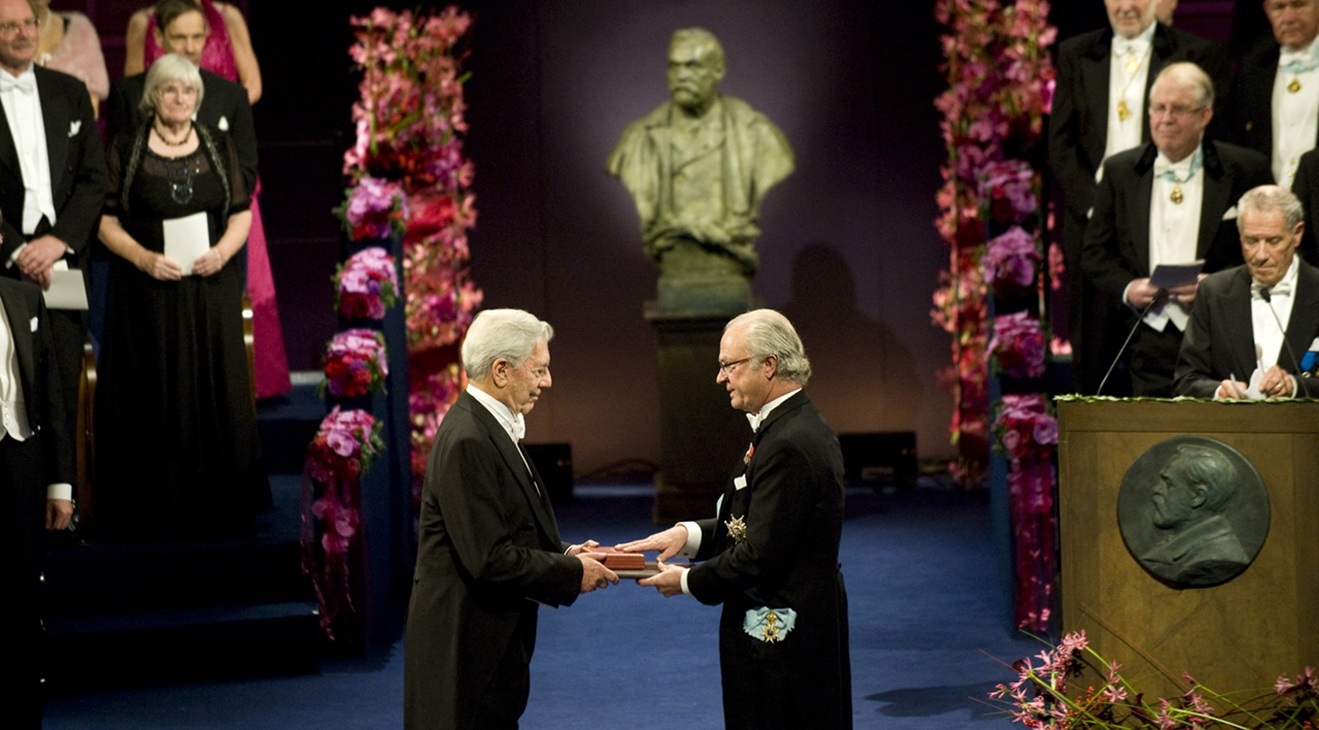
'Blood Gun Money': The U.S. hypocrisy wreaking havoc in Latin America
Every year, 200,000 U.S.-made guns enter Mexico illegally, writes journalist Ioan Grillo in his latest book.
When filmmaker Michael Moore released his award-winning documentary, Bowling for Columbine in 2002 based on the infamous high school shooting three years earlier, what he was really talking about was the country's hypocrisy on gun ownership and the so-called "fear theory" surrounding their access.
However, this supposed double standard can be extended to its relationship with Latin America, because while in the media and even in fiction countries like Mexico are recreated as places of extreme violence taken over by the narco, for the writer Ioan Grillo, a British journalist with a long career in Latin America, the drug market cannot be separated from the gun market.
Most of them, almost 200,000 a year, enter Mexico illegally from the United States.
This is what the journalist argues in his most recent book, Blood Gun Money (Bloomsbury Publishing, 2021), where he reveals the uncomfortable truths very well covered by governments, tracing a map from the U.S. to the Mexican, Central American and even South American cartels.
Grillo asserts that illegal weapons are the main factor in the so-called "Northern Triangle of Violence" that includes Guatemala, El Salvador and Honduras, among others.
In this way, a "high-flying" exchange takes place. Planes carrying drugs from places like Mexico to the United States are loaded with weapons at very profitable black market prices.
The U.S. arms industry, says the author, profits from this black market. In addition to the royalties it takes in the country itself, where nearly 400 million Americans own a firearm and the industry adds at least a million more each year.
"The gun lobby has fought against policing the black market for guns, defending loopholes in the law and getting limits on gun law enforcement," R. Viswanathan wrote for The Week. "The result is that it effectively defends the criminal market for guns illegally supplied to Latin American cartels."
While Mexico has only one armory for the entire country and it is run by the military, there are some 23,000 in the United States, mainly in Texas (10,810), California (7,530), and Florida (7,201) — that is, according to Viswanathan, the equivalent of 10 armories for every McDonald's.
RELATED CONTENT
Since there are almost no restrictions on the number of firearms that can be owned, the so-called "straw men" — buyers who purchase for second persons — make a killing.
In fact, Grillo gives a chilling statistic: sales to Mexican cartels are worth $127 million annually to the U.S. industry. With so much profit, who is interested in putting obstacles in the way of the circuit?
It's even more so when, going into recent data, gun sales reached an all-time high in January, following the attempted assault on the U.S. Capitol, according to CNN.
While government officials from both countries continue to seek strategies to collaboratively curb drug trafficking, in the United States, there is still no specific law against arms trafficking, and the little legislation on the matter that is full of loopholes that the black market takes advantage of.
There is also not a database to search for weapons, as is the case, for example, with car license plates.
"Drugs are consumable: they disappear. Guns don't disappear," says Grillo, who has covered violence in Mexico for two decades and has had access to police operations as well as cartels and traffickers.
Other books by the British author include The Narco and Gangster Warlords: Drug Dollars, Killing Fields, and the New Politics of Latin America.












LEAVE A COMMENT: